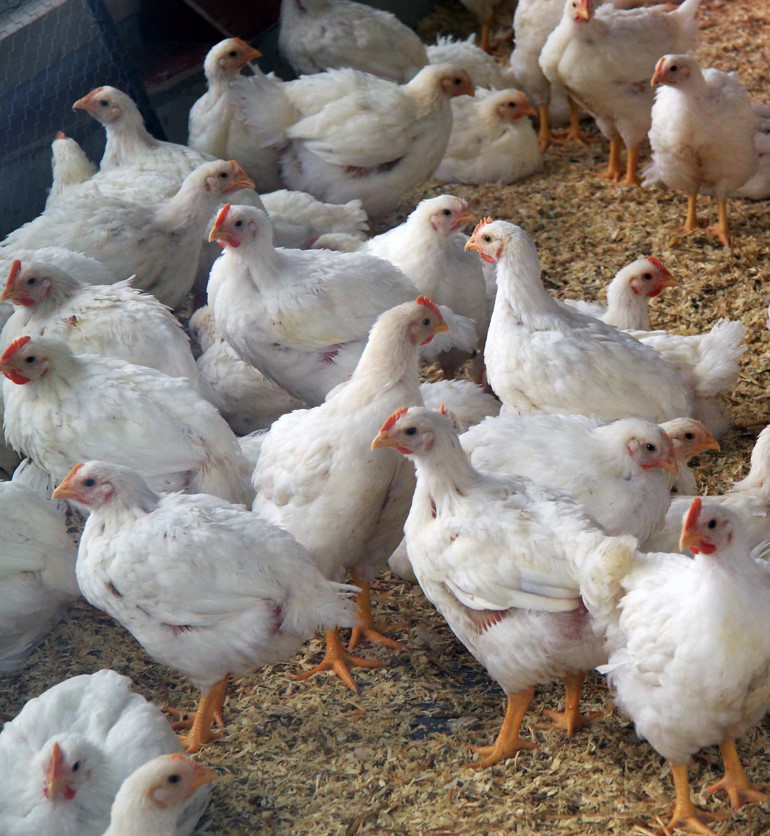Testing done on samples from about 5,000 deer harvested in last year's hunting seasons in Iowa revealed that 84 deer were positive for chronic wasting disease (CWD), and three counties joined the roster of CWD-affected, according to the Iowa Department of Natural Resources (DNR), Radio Iowa reports.
Plymouth County in the northwest, Grundy County in central Iowa, and Lucas County in the south-central part of the state all reported CWD for the first time.
CWD, which is caused by a misfolded protein called a prion, affects cervids such as deer, moose, and elk and is always fatal. The disease was first detected in Iowa in 2013.
DNR state deer biologist Jace Elliott, MS, said, "Our prevalence is still relatively low statewide, although there are areas in the state where it's much higher." The state's highest concentration of CWD cases has been in south-central Iowa, particularly Wayne County, and in the northeast in Winneshiek, Fayette, Allamakee, and Clayton counties.
Our prevalence is still relatively low statewide, although there are areas in the state where it's much higher.
Elliott said the DNR typically holds public meetings in newly affected counties.
CWD has not yet been detected in humans, but the Centers for Disease Control and Prevention recommends that people not eat meat from infected animals and have their wild game tested before eating the meat if the animal was taken from an area where CWD is known to exist.

 A new
A new 










